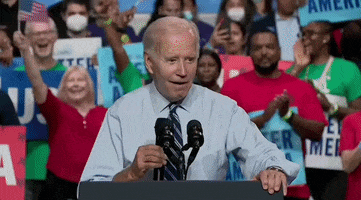Key Gauges of US Economy Advanced at Healthy Clip to End 2023
Augusta Saraiva
The government’s two main measures of US economic activity posted strong advances at the end of last year, pointing to an economy that’s still expanding at a healthy clip.
Gross domestic product rose at an upwardly revised 3.4% annualized pace in the fourth quarter on the back of stronger household demand and business investment, according to the third estimate of the figures from the Bureau of Economic Analysis out Thursday.
The government’s other main gauge of economic activity — gross domestic income — rose 4.8%, the most in two years. GDI measures income generated and costs incurred from producing goods and services, whereas GDP measures spending on such goods and services.
In theory the two indicators should be equal, but over the last several quarters an unusually large gap had opened up between them, with GDP increasingly outrunning GDI. The discrepancy raised questions about the underlying pace of economic expansion.
The group responsible for officially dating recessions at the National Bureau of Economic Research uses the average between GDP and GDI in determining turning points in the business cycle. The average increase in the fourth quarter was 4.1%, the most in two years.
Consumer spending — which accounts for two-thirds of GDP — rose at a 3.3% rate amid stronger spending on health care and financial services, even as goods outlays were revised lower. The stronger nonresidential investment figures reflected upward revisions to spending on structures, intellectual property and equipment.
The Federal Reserve’s preferred inflation metric — the personal consumption expenditures price index — rose at a 1.8% annual rate in the fourth quarter, the least since 2020. Excluding food and energy, the gauge rose 2%, slightly less than in the previous estimate.
| Metric | Previous Estimate | Revision |
|---|---|---|
| GDP | +3.2% | +3.4% |
| Consumer spending | +3.0% | +3.3% |
| Nonresidential fixed investment | +2.4% | +3.7% |
| Residential investment | +2.9% | +2.8% |
Recent earnings reports have shown publicly-traded companies are enjoying a bump in gross margins as they finally get some relief on input costs — a dynamic which is not necessarily showing up at the cash register for consumers. That helps explain recent investor optimism as the S&P 500 heads for a fifth straight month of gains.
President Joe Biden has zoned in on robust earnings as reason to believe that companies are taking advantage of consumers with high prices, particularly at the grocery store, as he campaigns for re-election.
More recent economic data have indicated consumers may be growing more discerning following years of spending fueled by pent-up demand. Data on personal consumption expenditures for February is due Friday.
Looking ahead, the trajectory of inflation and the labor market will be key in determining how long consumers will be able to continue supporting economic growth. A separate report out Thursday showed continuing applications for US unemployment benefits rose to 1.82 million in the week ended March 16, the highest level in nearly two months.

Key Gauges of US Economy Advanced at Healthy Clip to End 2023
The government’s two main measures of US economic activity posted strong advances at the end of last year, pointing to an economy that’s still expanding at a healthy clip.


